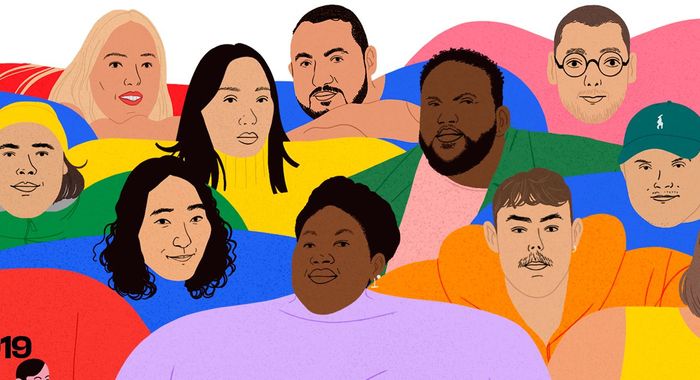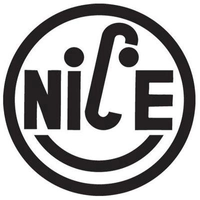Pieter Hugo’s latest body of work sees him capture the mythology and conflict of Mexico
It's Nice That, February 2020 https://www.itsnicethat.com/articles/pieter-hugo-la-cucaracha-photography-170220
While describing his work, Cape Town-based Pieter Hugo uses one clear word: “confrontational”. He’s not wrong, as his photography work tends to document landscapes and people from peripheral communities. Known for capturing South Africa’s marginalised groups, such as the blind, albinos and AIDS victims, his pictures featured in numerous solo exhibitions, in major museums such as The Hague Museum of Photography, Musée de l’Elysée in Lausanne, Fotografiska in Stockholm, plus group shows at the Tate Modern and the Folkwang Museum. His most recent body of work looks further afield to Mexico, where the photographer explores the country’s notion of death, sexuality and spirituality.
Currently on view at Huxley-Parlour, the series, titled La Cucaracha – which translates to ‘The Cockroach’ in Spanish – is a result of four trips to Mexico over a two-year period. With each visit spanning nearly a month, Pieter would travel to the industrialised zone of Mexico City, before venturing off into the wilderness and desert lands of Hermosillo, plus the mountainous regions of Ixtepec and San Cristóbal. His initial trip was spurred on by an invitation from Francisco Berzuna, who was curating an exhibition of South African art in the museum of Oaxaca at the time. He requested that Pieter made some new works for the show, which led to an inquest into the themes of sex and mortality – the focus points of the exhibition, aptly named Hacer Noche (which translates to ‘Crossing Night’).
Comprising portraits, landscapes, interior shots and still lifes, Pieter incorporates a mixed-format approach that enables a broad perspective of his subject. “Mexico has a particular ethos and aesthetic; there is an acceptance that life has no glorious victory, no happy ending,” he comments on the series. “Humour, ritual and a strong sense of community, plus an embrace of the inevitable make it possible to live with tragic and often unacceptable situations.”
Over the course of the project, Pieter captured a completely a new side of death – completely different to what he is used to. But it’s precisely this grey area – the feeling of the unknown – that he finds most interesting. In his younger years, Pieter began taking pictures because it gave him an “excuse” to go out into the world, exploring and engaging “with the strange and conflicted place of South Africa, where I grew up,” he tells It’s Nice That. “It allowed me to figure out where I fit into it; I think this is what I’m still doing 30 years on.”
During apartheid South Africa – a period in time that saw institutionalised racial segregation in the continent from 1948 until the early 199s – Pieter bore witness to much of its authoritarian political culture. “Everything we saw was edited and controlled, and I wanted to see more,” he adds,” I wanted to see for myself. Photography is about seeing, I wanted to look and I wanted to look at what was obvious to me – even then, in a very fucked up place.” With this in mind, you can now see why he marks his photography style as one that’s fuelled by controversy. He utilises his camera as a tool for making sense of that which is around him, sparking conversations about the places and people that often go overlooked.
Within La Cucaracha, history plays a key player. Driving around, heading into bars, on social media – basically “everywhere” – Pieter would search for his subjects, landing on a diverse demographic that ranges from lawyers to refugees. Sitting alongside a broad cast of people, revolutionary symbols and Mexican references are featured in abundance, which serves as a reminder to the viewer of the country’s past. An example of this is Emiliano Zapata, the great revolutionary of 1910, to David Alfaro Siqueiros, the painter and communist militant whose murals and dictatorship is referenced within Pieter’s work. Then, suddenly, the choice in title becomes clear: the cockroach is a detested, an unsettling and pesky creature that lives far beyond anything thrown at it, whether it’s a natural disaster or the man made.
In one particular photograph, The Wedding Gift, a young bride cradles an iguana, and the sheer contrast of her white dress and the barbed fence behind creates an unnerving feeling. Then, upon further investigation, Hugo has incorporated the iguana motif because it symbolising contentment, as well as the satisfaction with what one has in terms of sex and mortality. Elsewhere, a naked man presents a snake in Snake Charmer – the animal in Mexican mythology indicates veneration, worship and honour, and often is used to connote power and resurrection; a common symbol of humanity. Each image is filled with hidden meaning that, once uncovered, presents a visual narrative of Mexican mythology and conflict, something that counteracts the stereotypical depiction of sugar skulls. The result is a series of photographs that, like the cockroach, will serve the test of time.
La Cucaracha is currently on view at Huxley-Parlour Gallery, London, until 14 March 2020, with a publication available at RM.

